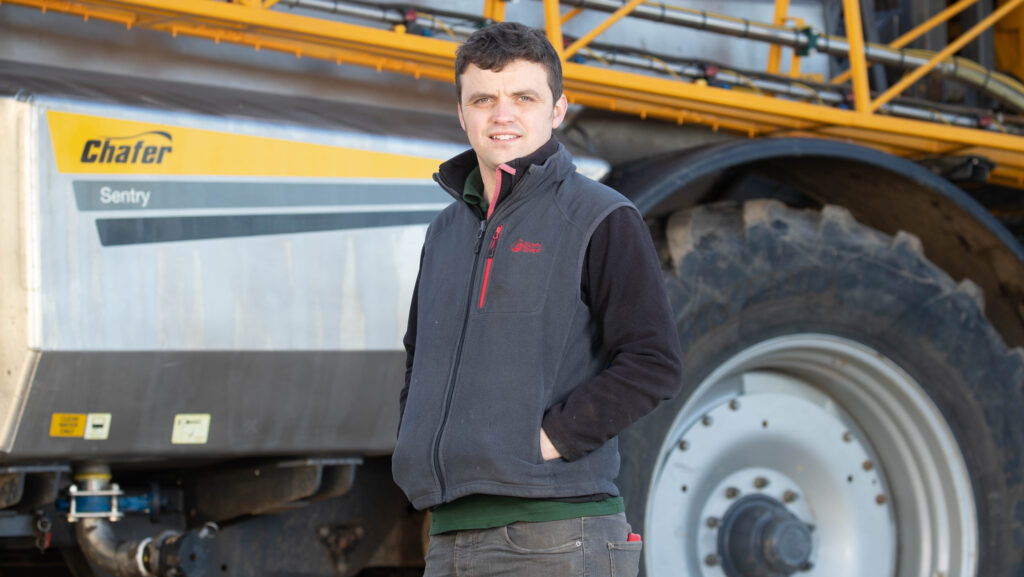Opinion: Ag funding needs to target practical on-the-ground problems
 Mike Neaverson © Tim Scrivener
Mike Neaverson © Tim Scrivener When it comes to helping with technical research projects, I try to be relatively charitable with my time because it is interesting to see what this plethora of startup businesses thinks is going to be changing the agricultural landscape in a decade’s time.
It would also be nice from a business point of view to be ahead of the curve if they are.
But as I become older, greyer and more cynical, I’ve come to the conclusion that right now, most of them – if they’ve not gone bust first – are going to offer very little.
See also: Opinion – don’t expect your sprayer to provide post-BPS answers
I’m going to generalise here, but nearly every conversation that I have with them goes something like this.
“Mr Neaverson, the new algorithm/software/sensor/robot/drone that we’re developing detects weeds/pests/disease/deficiencies and will forecast/monitor/record this problem for you.
“This problem costs UK growers a gazillion pounds per year, so we believe the market for this is huge.”
“That’s great,” I usually say. “But I know where my blackgrass is. It was bad in that field last year, and the year before that.
It is one thing to tell a farmer in great detail that they have a problem, but it is quite another to actually solve that problem
I know that if I don’t spray it my wheat will get rust and my potatoes will get blight.”
You can see where I’m going here. It is one thing to tell a farmer in great detail that they have a problem, but it is quite another to actually solve that problem.
This, in my experience, is where most of these startups are today.
“What we need is practical solutions,” I usually say. “So unless your technology actually does the weeding, or zaps some aphids, or frazzles some spores, I’m not really that interested.” You get the picture.
And that’s before we come on to the vast sums they see their products marketing for.
“We see this as a subscription model,” they inevitably say, which is odd because I, for one, rarely buy my farm equipment from the newsagent.
The story gets more interesting when you consider where the funding for these companies comes from.
Funding
Many, if not most, have used various rounds of grant funding over the years such as Innovate UK, Catapult or Adopt. The sums, if you added them up, would be truly eye-watering.
And when these mostly recent graduates have run out of grant funding, they either quietly move on to something else, or crowdfund, but ultimately run out of money.
Someone told me the other day that it was “grantrepreneurship”.
I appreciate that I am coming across here as a rural Luddite who begrudges progress and wishes that we could all go back to using shire horses and scythes.
All we need to do is ask a simple question: What on-the-ground practical problem does this actually solve?
I am not. I have seen Mr Dyson’s robot strawberry pickers. There are some automatic broccoli-cutters local to me. Laser-powered weeders, driverless tractors and robotic precision hoes are the future.
Just as my grandfather used to say that I should be grateful for a tractor with a cab, I hope to tell my grandchildren – “Can you believe it? We all had these things called ‘sprayers’ and just used to waft chemicals around the countryside.”
But huge amounts of grant funding that would be so much better targeted at either agriculture generally or on practical agricultural technology have been misused fighting problems that barely exist.
All we need to do is ask a simple question: What on-the-ground practical problem does this actually solve?

